Tire plugging is the fastest method to repair a punctured car. Tire plugging uses a cord to prevent the airhead from escaping. If you are an experienced person, you can avoid damage to your car with simple tips.
So, how long does a tire plug last? Most manufacturers say that plug versions can last 7-10 years if installed correctly.
Yet, this number is meant as a reference because you can’t always fix it perfectly. The article gathers useful knowledge and some of the most frequently asked questions about tire plugs. Let’s scroll down to read more information!
Buy Best Tire Repair Kits at Amazon.com
What Is A Tire Plug?It is the primary tool in the repair by plugging method. From the outside, it looks like a standard wire, and the structure is quite remarkable; it is a sticky object; depending on the case, the item can expand or contract to match the size of the hole.
Its working principle is also quite simple: after being inserted into the tire, the plug wire will sense the pressure, determine the shape of the wound, and then automatically expand to adapt.
In addition, the material that makes the wire must be guaranteed to meet the standards, confirming the certainty so that after the air is pumped in, there will be no problems.
There is no denying the convenience that the plug method brings, and you can even repair it without removing the tire from the rim. You can even plug in the tire in some exceptional cases, even when the wheels are connected.
How Long Does A Tire Plug Last?When a vehicle is repaired correctly and maintained, a plug’s life span can last up to 7-10 years. It is an unbelievable number for a wheel that has been repairable.
However, manufacturers advise users not to overdo patching like this in practice. When using too many repair measures, the impact will affect the inherent functions, causing deflation and explosion.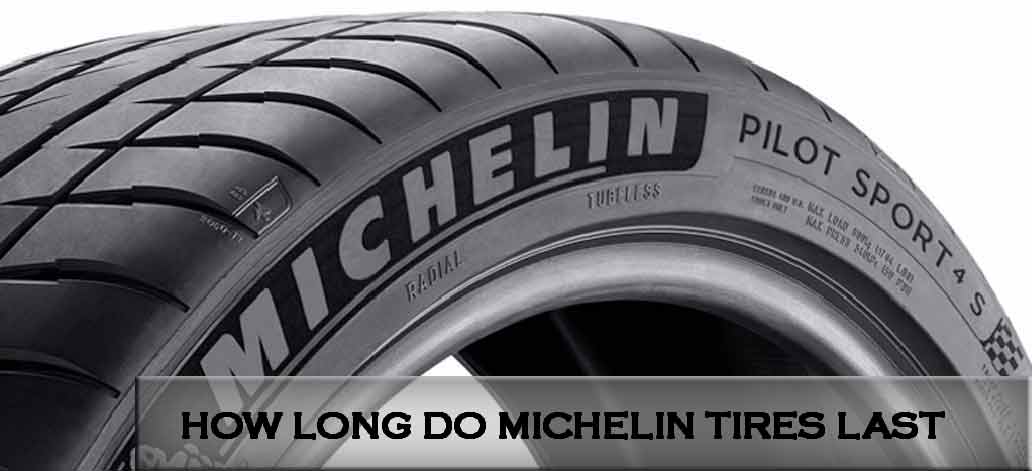
When traveling on the road, the car’s wheels have problems, do not rush to decide when the experience is not proficient; the best way is to take the car to a repair center to have expert advice on the appropriate repair method.
Is Plugging A Tire A Good Idea?Buy Best Tire Repair Kits at Amazon.com
Plugging or patching is only a temporary measure before you have enough time to change into a new tire. The life of a tire after plugging can last from 7-10 years or 25,000 miles; no one can be sure that there will not be any problems.
Plugging in tires will be a good idea, even effective if the wheel is in an emergency that needs to be moved.
Is It Safe To Plug In A Tire?You can safely use your plugged-in tires when traveling in a specific section of the road. Unlike a spare tire, which has a short life, it is possible to prevent air from escaping through a previous puncture completely with a plug repair method.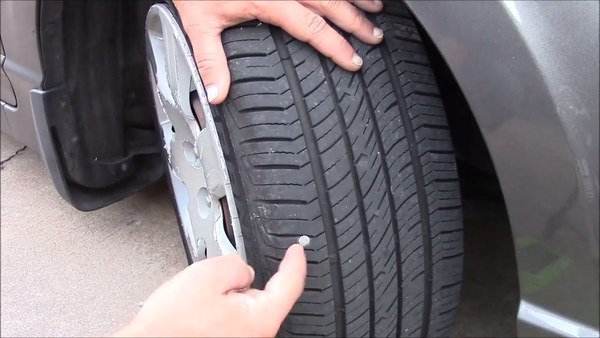
Via many surveys, experts think there is a better measure than a plug – radial patch. It is a suitable method available on almost all popular tires on the market.
The process takes about 30 minutes while using a wire to insert the air hole takes up a few minutes. Both must be vulcanized to reinforce and increase the rubber surface’s certainty.
Is It Ok To Drive On A Plugged Tire?As long as the wound has adequately been reinforced, you are entirely safe traveling by car with tires. The safest time to use is not too long from when you repair using the above method.
Besides, some notes have also ensured stability when operating this type.
However, do not drive when there is a wound near the wall or on the side of the wheel; if the plug diameter exceeds ¼ inch, it is best to replace the tires.
Finally, the body’s weight, do not use plug tires to carry heavy objects; this inadvertently puts pressure on the wheels when the tires are weak.
Here are some ways to help you better understand the plugging process.
Step 1: Locate the leakThis step does not require you to remove the wheel altogether, but you can use a jack to support the wheel’s weight, so it is pretty easy to do the following steps.


The above article has provided you with knowledge related to plugging or manipulations to perform this process. Hopefully, it will help you when you encounter a similar situation.
This post was last updated onIf suddenly your tire is flat, the solution is to fix it. However, which method and how to do it is another story that needs attention.
However, which method and how to do it is another story that needs attention.
One of the fastest ways you can do this is to plug in the tires, using specialized materials to fill in the air leaks. So, how long can you drive on a plugged tire?
The safe travel distance for the tire plugs will be about 8 miles. Of course, the shorter you sit on it, the better.
The following article will help you understand more about this issue.
How Long Can You Drive On A Plugged Tire?According to many studies, 8 miles is a safe distance to drive on a plugged tire.
Plugging is not a long-term fix; it just keeps the wheel moving for the time it takes to find a service center. Plugged tires do not move well on long trips; the puncture location also has a significant impact on the life of the plugged one.
The plugging method is done through many different stages, requiring the worker to have a high level of skill, ensuring the accuracy and certainty of the studs.![]()
First, you need to zone the area marked with a hole, polishing friction around that area to clean the area about to be repairable.
Use a professional plug to fill the air hole. This type of nail can be adaptable to the size of the hole.
Finally, firmly secure the plugs through heat and cut off the excess wire.
Depending on many factors, some people point out that its life can be up to 25,000 miles in some cases. But, this is not a long-term option.
Experts recommend that this solution is only temporary for about 8-10 miles. In other words, try to find the nearest repair shop.
When Should You Plug Tires?You can plug in the tire when it is flat, but it is necessary to determine the correct condition that the wheel is experiencing to make the appropriate repair.
When the puncture site is in the middle or on the tread surface, you can choose the method of plugging or patching as you like. As for the position like the sides of the shoulder, this is impossible.
Next is to measure the severity of the puncture. When the wound width is not more than 6mm, and the air leaks are not too close, the above method is still a valid good show.
Does Plugging A Tire Ruin It?Although the process seems rudimentary, you don’t need to worry too much about this, from cleaning to using tools to seal the air holes.
But this is effective in emergency repair, and the plug won’t damage the tire. It can keep the air inside the wheel for quite a long time if stored properly.
How Long Do You Need To Wait After Plugging The Tire?The process of installing tires until the minute is complete, and you just need to wait for a few minutes. Unlike patching or combination methods, the tire needs to be completely removed for ease of work.
After preparing all the specialized tools and performing a few simple steps, it has almost completed the repair process with the plug.
If you need absolute assurance, wait for the glue to dry completely to determine if the source of shrinkage is released or not, then continue rolling.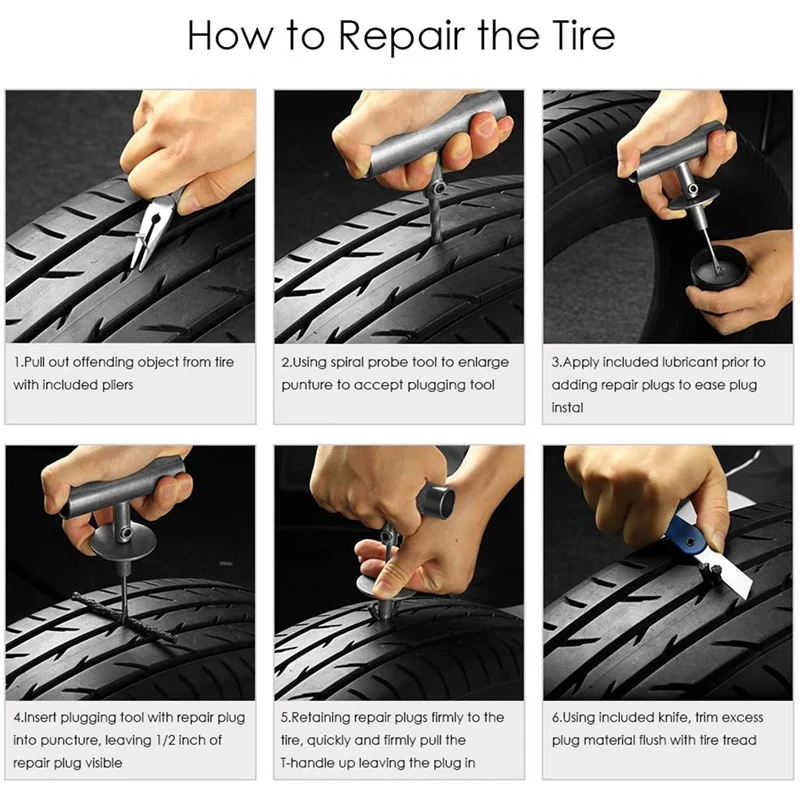
Maybe, unlike patching a car, you need to determine the correct hole, altogether remove the foreign object from the wheel, and then perform the plug-in operation, and you’re done.
When inserting the cord into the hole, use a firm hand and dexterity to keep the spot airtight.
Plug better than the patched tire?Both methods yield the same quality. However, if it is necessary to compare them, they are different at repair time. Quick, cheap plug repair time is about 10-15 minutes, depending on the skill and size of the wound to fix it effectively.
The patching goes through many stages, and it is necessary to altogether remove the tire from the rim for convenient viewing, cleaning, and processing, which takes nearly 30 minutes to complete.
You see, both repair methods have their pros and cons. To force the choice of a temporary solution, perhaps plugging in would be much more appropriate.
The price depends on many factors, from the service choice center to the quality of the plug you want to use. But don’t worry, only $10-$20 is not too expensive for a dedicated car patch. Many places even have a warranty for customers when using the service.
Can you plug a tire with a screw in it?Yes, you can; in some reluctant cases, people use a screw to replace the plug wire. If the hole is in the wheel well, and the wound size is quite similar to the screw hole, you only need to perform a few small tricks to insert the screw into the hole to seal the air leak.
How much can your car move? It depends on the length of the screw you put in the tire.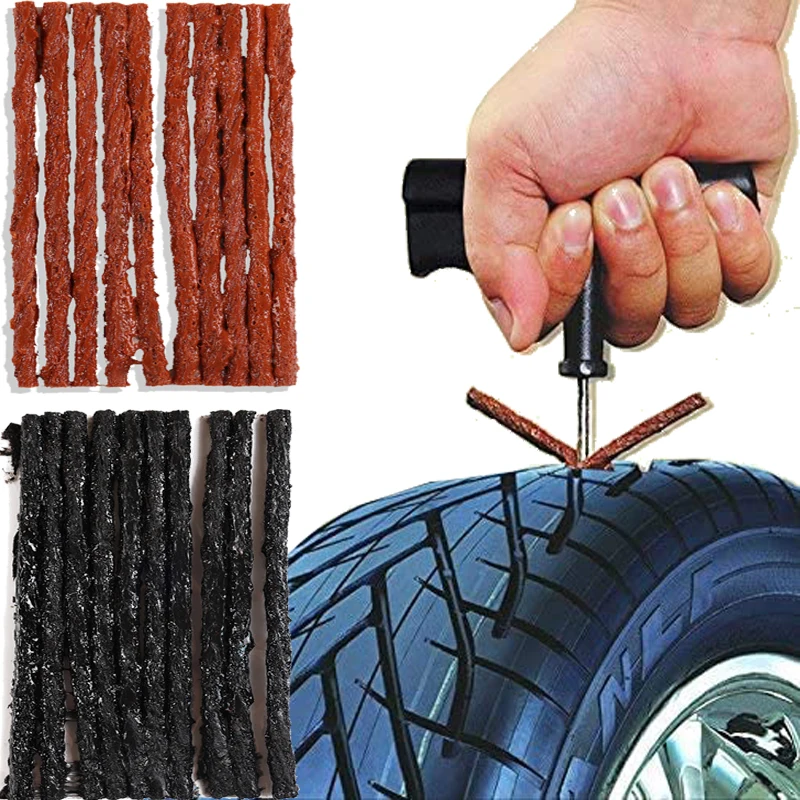 But on average, it only fluctuates about 10 miles because this is not a specialized tool.
But on average, it only fluctuates about 10 miles because this is not a specialized tool.
Plugging in the tire as a whole is one of the quick and effective solutions, helping you to solve tire damage problems in a short time. However, grasping important information is also essential to ensure safety.
The above article is about problems related to the field of repairing damaged tires. Hopefully, the above knowledge will help a little when you encounter a similar situation. If you have any questions, please leave a comment; we will answer you as soon as possible. Thank you for reading!
This post was last updated on Consumer disputes over the age of tires have not subsided for several seasons. Buyers are excited that the warranty period for tires is limited to 5-6 years according to GOST, and after the expiration of this period, the rubber becomes unusable.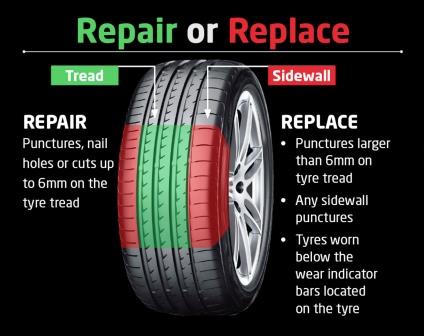
Is this really the case, read this article.
Manufacturers of most brands on their products set Shelf life is 5 years and service life is also 5 years .
The shelf life of a tire is the period during which it retains its performance when properly stored.
The end of this period does not mean that the tires have become unusable . A shelf life of 5 years is given by manufacturers because, by law, they cannot set a shelf life higher than the service life. Tires over 5 years of storage cannot be called damaged or defective, their technical characteristics may be slightly reduced. American researchers argue that the period of storage of "shoes" must be at least 10 years. Experts from Germany are sure that it cannot exceed 6 years.
The tire life is called the warranty period during which the manufacturer is responsible for the quality and condition of the tire if it was used for its intended purpose without violating the operating rules.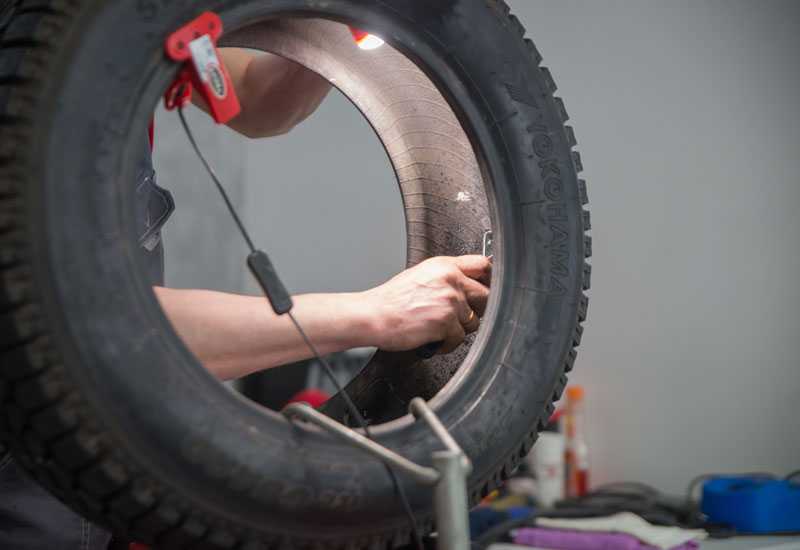
According to Russian legislation (GOST 5513, GOST 4754-97) , the service life of tires is 5 years from the date of manufacture.
How can I find out the date of manufacture of tires?
You can find out the age of tires by a special DOT code. Tires manufactured after 2000 in the DOT code contain two pairs of numbers, where the first pair indicates the week number of the year, and the second pair indicates the year. Earlier tires before 2000 have 3 numbers in their composition, where the first two digits are the week number, and the last one is the year (see the transcript in the photo).
Determination of the average shelf life of a tire according to GOST and operating conditions.
- The symbol ZR denotes tires for high-speed cars. They are recommended to be used at speeds over 240 km/h. up to 6 years
- Tires with the H symbol are used at a maximum speed of 210 km/h. within 5 years.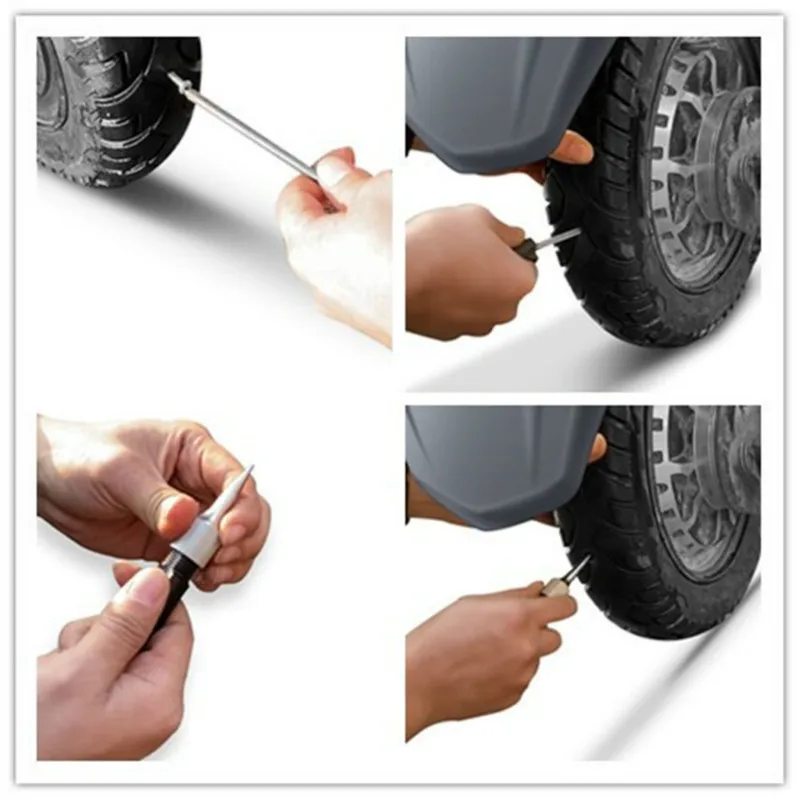
- The sign S symbolizes the maximum permissible speed of 180 km/h. and operational period of 4-5 years.
Most tire manufacturers do not agree that tire life is limited to 5 years. Each company has its own opinion on this matter. We analyzed several of them and the information they posted on their official websites.
Michelin
The French tire manufacturer Michelin has become famous for its active fight against the perception of the rapid aging of tires as a perishable product. Her information campaign "Tires Are Not Bananas" created a lot of noise in the automotive environment. According to the representative office, several test trials were carried out in Saudi Arabia, South Korea and Germany. As a result of testing, no difference was found between new tires and tires stored for 3 years. They were tested for various characteristics such as rolling resistance, high speed durability, etc. Tires with a year life were approximately equal in performance to 10-year unused tyres.
Tires with a year life were approximately equal in performance to 10-year unused tyres.
Michelin focuses the attention of car owners on the fact that tires are not a perishable product, their shelf life is not as important as the service life is important, starting from the date the tires are installed on the rims. It is from this moment that the tire is subjected to all tests: pressure, temperature changes, wear, contact with uneven and sharp coatings, etc.
Continental
On the Russian official website of Continental, we found the following information on the expiration dates of tires.
“When a tire is stored in the correct position and under the recommended conditions, it will not lose its original balanced performance for 5 years from the date of manufacture of the tire.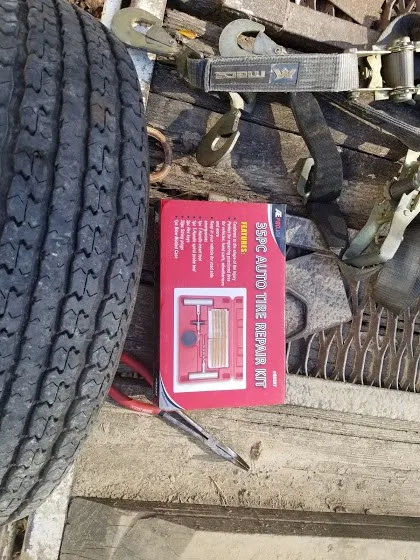
A properly maintained, unused tire less than 5 years old can be sold as a new tire and used normally.
Continental recommends replacing all tires (including spares) with a sidewall date greater than 10 years.
Nokian
The following information is posted on the Nokian official website:
“Tire life is not defined by law, but tires can only be considered “new” if they have been manufactured within the last five years. The recommended service life of tires is six years and the recommended maximum period is 10 years.
The opinion of our specialists, based on many years of experience, coincides with the opinion of manufacturers: the shelf life is 5 years + the service life is up to 10 years. Moreover, more "adult" tires, in our opinion, are of better quality.
To keep tires as long as possible, they are stored in compliance with all rules and recommendations. The main condition is a cool, ventilated, darkened room away from oils, paints, ozone, and heat sources.
Rubber products tend to lose their performance over the years. To prevent and slow down this process, manufacturers add polymers to the rubber compound. They prevent oxidative processes that occur due to the interaction of protectors with oxygen and ozone.
The following are the main conditions for the proper storage of tires in accordance with GOST 24779-81:
Maintaining a constant regime without sudden jumps, slight temperature fluctuations from -30°С to +35°С are allowed;
Provide a low humidity level of 50-80% in a dry, ventilated cool room;
Avoid direct sunlight, use darkened hangars, shield heat sources;
Keep away from sources of heat;
Tires should not come into contact with corrosive, copper materials.
Avoid kinking, loading or positioning on an uneven surface.
Avoid contact with oils, organic solvents, acids, alkalis, fuels and lubricants on the tire surface. It is forbidden to lay tires on a wet and dirty surface.
It is forbidden to lay tires on a wet and dirty surface.
In the warm season, when storing tires outside, they should be covered with light-tight material and raised above ground level to ensure ventilation and prevent the occurrence of the greenhouse effect.
Storage on reflective, light and heat absorbing surfaces is prohibited.
Keep away from chemicals, oils, paints, open flames, electric motors that produce ozone.
Used tires must be washed and dried.
Tires without rims should be stored upright.
The service life depends on many factors: the load on the car, the quality of the roads, the driving style, the distance traveled, tire damage, etc. To increase their service life, follow these rules:
Check tire pressure every 2-3 weeks. With reduced pressure, tire wear increases by the equivalent of a % reduction.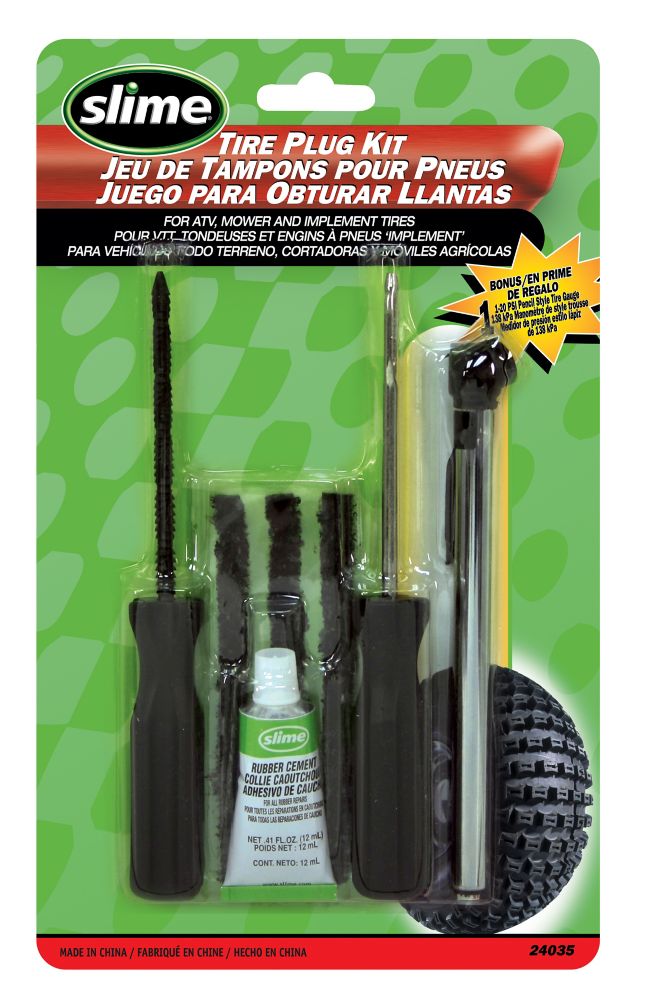 For example, a 15% reduction in pressure can result in a 15% reduction in service life. Inflated tires are less scary.
For example, a 15% reduction in pressure can result in a 15% reduction in service life. Inflated tires are less scary.
The wear of the front tires is always significantly higher than the rear ones, so it is recommended to swap them after some time, carefully watching the direction of the tread pattern and the direction of rotation.
Proper alignment of tires in relation to rims. If the direction is not the same, then performance is significantly reduced.
To prevent damage to the sidewalls of tires, avoid close proximity to curbs and high ledges.
Wash off dirt from the surface of the rubber and from deep grooves with special cleaning agents.
Adhere to an even driving style without harsh brakes and quick starts.
Do not overload the car beyond the norm. 20% excess weight leads to a 30% loss of tire life.
Keep the wheels balanced and check the alignment angles annually.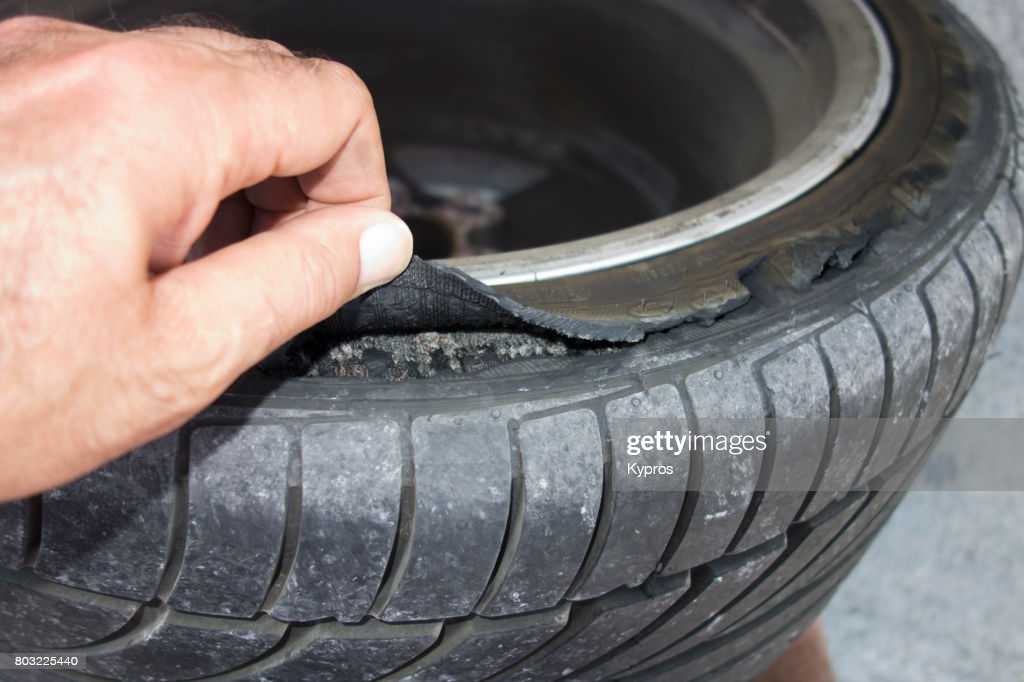
The main condition for a long tire life is:
- high quality products,
- careful operation,
- proper storage of tires in the off-season,
- timely diagnosis.
The age of tires in standard storage is a minor non-determining factor that should not be taken into account when buying them.
Previous article Next article
When erecting a metal fence and other metal structures that use round and shaped pipes, it is necessary to solve the question - how to protect the internal volume of pipes from corrosion and pollution? Not so long ago, special metal plugs were used for this purpose, which were welded to the end of the pole. However, this solution has a lot of disadvantages - a lot of time and money for installation (since it was necessary to use welding), low reliability (the weld is subject to corrosion, it often has defects, and the pipe inside still rusts) and low aesthetic qualities.
All these shortcomings are deprived of a modern solution - plastic plugs for pipes and fence posts. Plastic fittings outperform metal patches in everything, which is easy to see.
There are at least six advantages of special plastic plugs:
Each of the advantages should be discussed separately.
Versatility . Today, the range of plastic plugs is very wide - you can find square, rectangular, round and oval, various sizes, colors, with a smooth and textured surface, etc. There are also plugs for installation in vertical poles and pipes, temporary plugs for transporting pipes, and others.
Easy mounting . Installing the plug is very simple and requires minimal time - just insert the product into the pipe and hammer it with a mallet, while there is no need for any additional processing (for example, painting). It takes a few seconds and requires minimal skill from the worker, and the result will be better than using welded pole covers. With the help of plastic fittings, the work that used to be done in a day or two (plus the time spent on making steel “pigs”) can be done in a matter of minutes.
It takes a few seconds and requires minimal skill from the worker, and the result will be better than using welded pole covers. With the help of plastic fittings, the work that used to be done in a day or two (plus the time spent on making steel “pigs”) can be done in a matter of minutes.
Durability and reliability. Guaranteed service life of the plastic plug is about 20 years. All this time, the product will retain its qualities, and it is not a fact that even after the entire service life it will need to be replaced. Plastic has high mechanical strength, it is resistant to temperature extremes and sunlight (to the ultraviolet part of the spectrum). Therefore, the plug will stand firmly in the pipe, will not crack in frost, will not fade in the sun, and will reliably perform its functions for all years of service.
High protective qualities. When properly sized, the plug fits firmly into the pipe, providing a complete seal.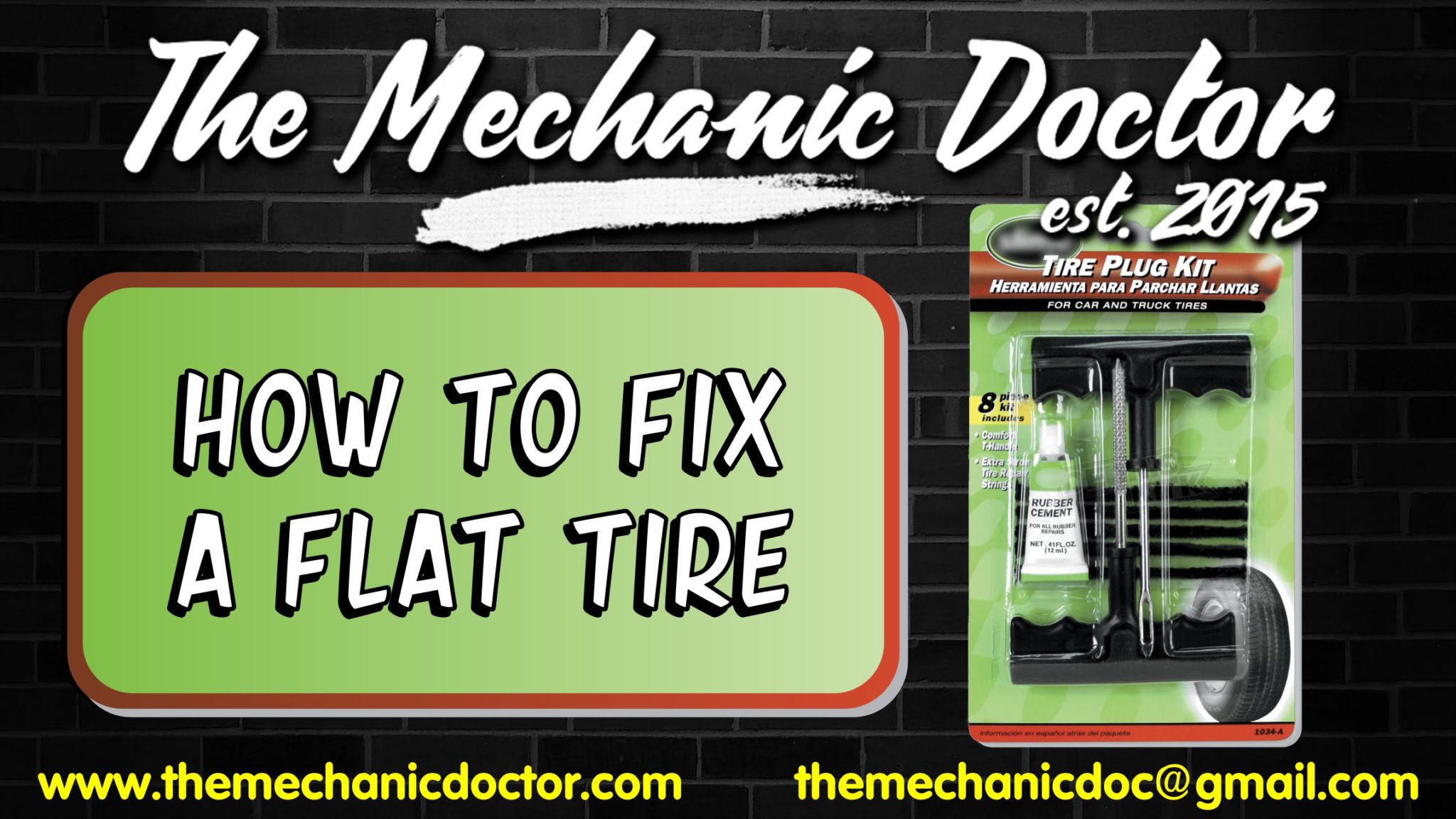 Due to the special design (the presence of flexible "gills" and stiffeners), the product is firmly held in the pipe (it is impossible to pull it out by hand), prevents moisture and any mechanical impurities from entering. Moreover, these qualities are preserved throughout the entire service life, which favorably distinguishes a plastic plug from a welded metal one (which can rust and lose tightness).
Due to the special design (the presence of flexible "gills" and stiffeners), the product is firmly held in the pipe (it is impossible to pull it out by hand), prevents moisture and any mechanical impurities from entering. Moreover, these qualities are preserved throughout the entire service life, which favorably distinguishes a plastic plug from a welded metal one (which can rust and lose tightness).
Aesthetics . No-frills black plugs are the most common, but even they improve the appearance of the post, mask the unevenness of the pipe cut and become a harmonious element of the entire fence. There are also accessories made of colored plastic, so you can always purchase or order plugs of the same color that the fence parts are painted in. Today, the choice is very wide, so the possibilities for decorating metal structures are practically unlimited.
Reasonable price. With all their advantages, plastic end caps are inexpensive.